Your peaceful garden might look like a serene oasis, but beneath the colorful blooms and lush foliage lies a world of brutal warfare that would make action movies seem tame. While you’re sipping your morning coffee and admiring the butterflies, an epic battle for survival is unfolding right under your nose. The insects inhabiting your backyard are engaged in some of the most sophisticated and ruthless combat strategies nature has ever devised.
The Assassin Bug’s Deadly Disguise
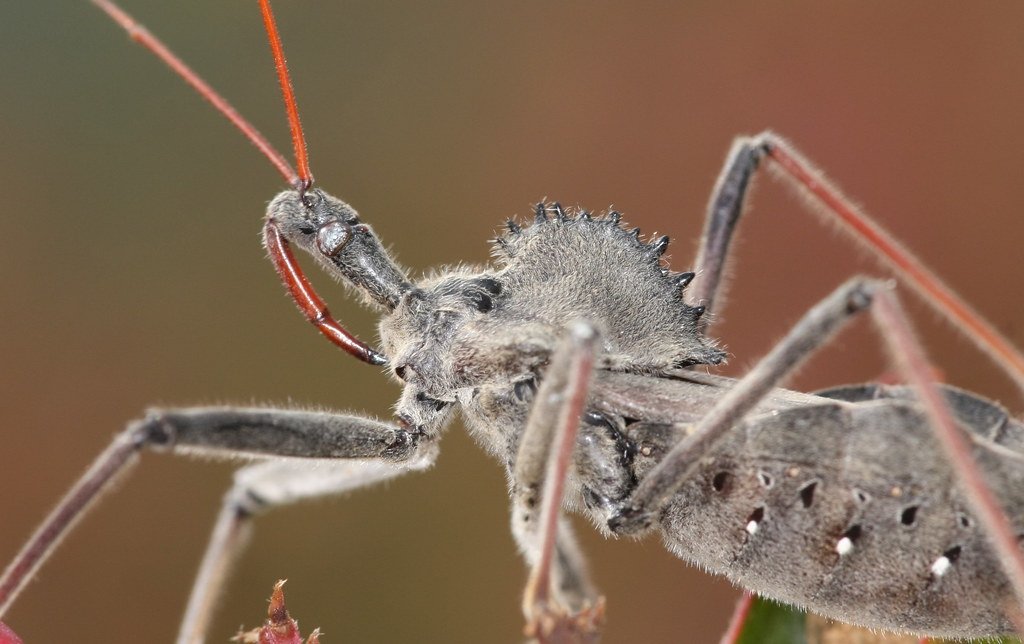
Assassin bugs have earned their terrifying name through centuries of perfecting the art of murder. These cunning predators don’t just kill their prey – they turn them into walking billboards of death. After injecting their victims with powerful enzymes that liquefy internal organs, they literally drink their enemies from the inside out.
What makes these creatures even more chilling is their habit of wearing their victims’ corpses as camouflage. Young assassin bugs pile dead ant bodies on their backs, creating a gruesome armor that helps them infiltrate ant colonies undetected. It’s like something straight out of a horror film, except it’s happening in your garden every single day.
Praying Mantis Cannibalism Rituals

The praying mantis might appear meditative and peaceful, but these insects are ruthless killing machines with zero regard for family bonds. Female mantises are notorious for decapitating their mates during reproduction, continuing the act even as their partner’s headless body keeps moving. This isn’t accidental violence – it’s a calculated decision to boost their offspring’s survival chances.
Their hunting technique involves lightning-fast strikes that can snatch prey in just 50 milliseconds. Once caught, victims face a slow, methodical dismemberment as the mantis devours them alive, starting with the head. Even more disturbing is their ability to turn their heads 180 degrees, ensuring no potential meal escapes their notice.
The Dragonfly’s Aerial Death Squad

Dragonflies are the fighter jets of the insect world, boasting a 95% success rate in hunting – making them more effective killers than sharks, lions, or any other predator on Earth. Their compound eyes contain up to 30,000 individual lenses, giving them nearly 360-degree vision and the ability to track multiple targets simultaneously.
These aerial assassins can fly at speeds of up to 35 mph and perform incredible maneuvers that would make military pilots jealous. They calculate interception courses with mathematical precision, predicting exactly where their prey will be rather than simply chasing them. When they strike, their powerful jaws can slice through the tough exoskeletons of beetles and tear apart smaller insects with surgical precision.
Spider Wasp Torture Chambers
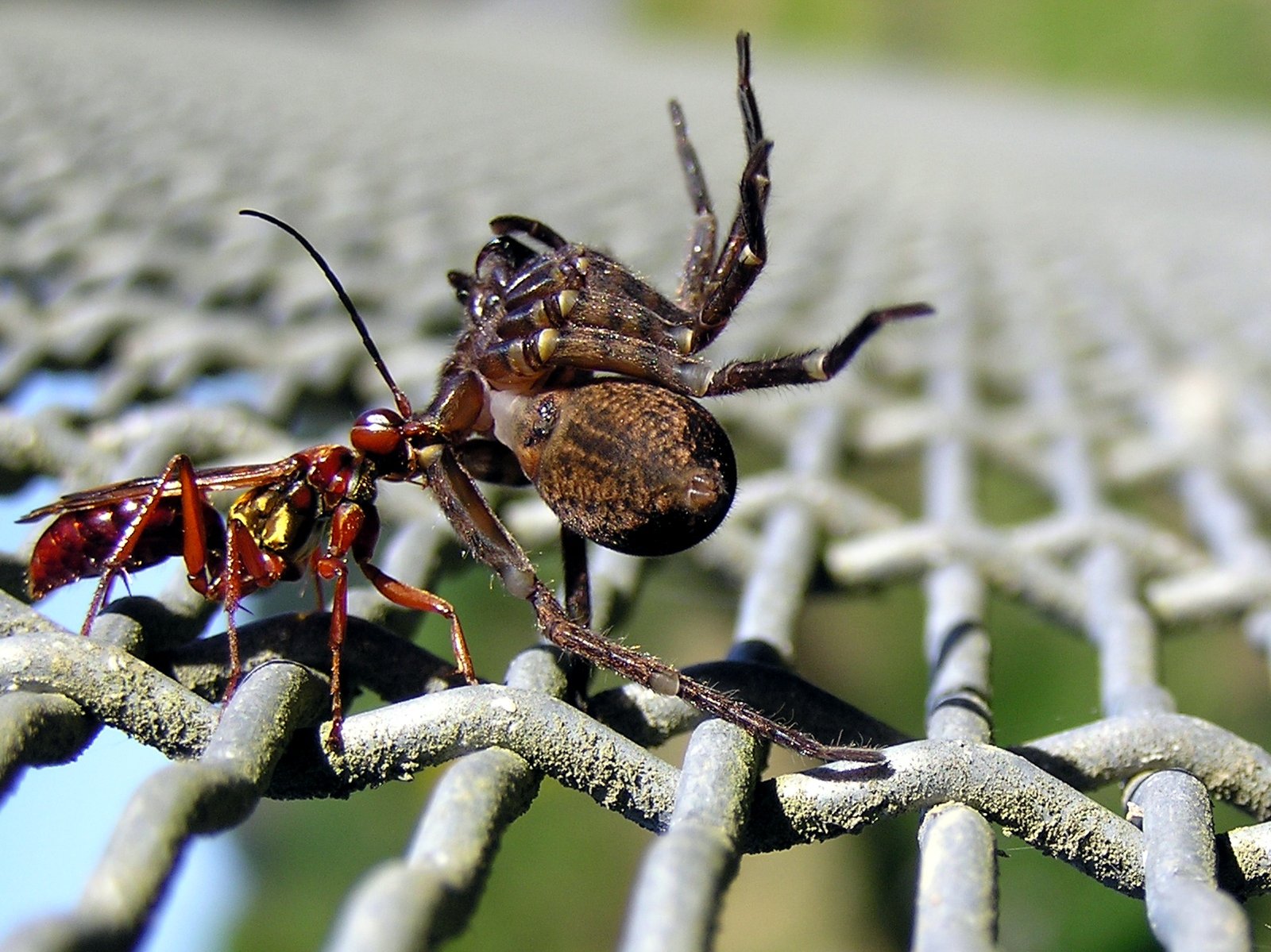
Spider wasps have developed one of nature’s most horrifying reproductive strategies, turning living spiders into paralyzed nurseries for their offspring. These wasps hunt spiders much larger than themselves, delivering precisely targeted stings that shut down their victim’s nervous system without killing them. The paralyzed spider remains conscious but completely helpless.
The wasp then drags its victim to a prepared burrow, lays a single egg on the spider’s abdomen, and seals the chamber. When the wasp larva hatches, it feeds on the still-living spider for weeks, carefully avoiding vital organs to keep its meal fresh. This real-life horror story ensures the baby wasp has a constant supply of protein while developing.
Ground Beetle Chemical Warfare

Ground beetles are walking chemistry labs capable of producing toxic cocktails that would make military weapons experts take notes. Bombardier beetles can spray boiling chemical mixtures at temperatures reaching 212°F directly at attackers, creating small explosions that can be heard several feet away. This biological flamethrower is aimed with remarkable accuracy.
These chemical weapons aren’t just for defense – many ground beetles use them offensively to subdue prey. Some species produce hydrogen cyanide, while others create acidic compounds that can dissolve the exoskeletons of their victims. The precision of these chemical attacks demonstrates a level of biological warfare that puts human military technology to shame.
Ant Colony Warfare Tactics

Ant colonies engage in organized warfare that rivals human military campaigns in complexity and brutality. Army ants form living bridges with their bodies, allowing thousands of soldiers to cross obstacles and overwhelm enemy positions. These coordinated attacks can involve millions of individuals working with a single deadly purpose.
Some ant species practice slavery, raiding other colonies to steal larvae and pupae that they raise as workers. Fire ants create floating rafts during floods, with the bottom layer sacrificing themselves to keep the colony alive. When different ant species meet, the resulting battles can rage for days, leaving thousands of casualties scattered across the battlefield.
The Parasitic Wasp’s Mind Control
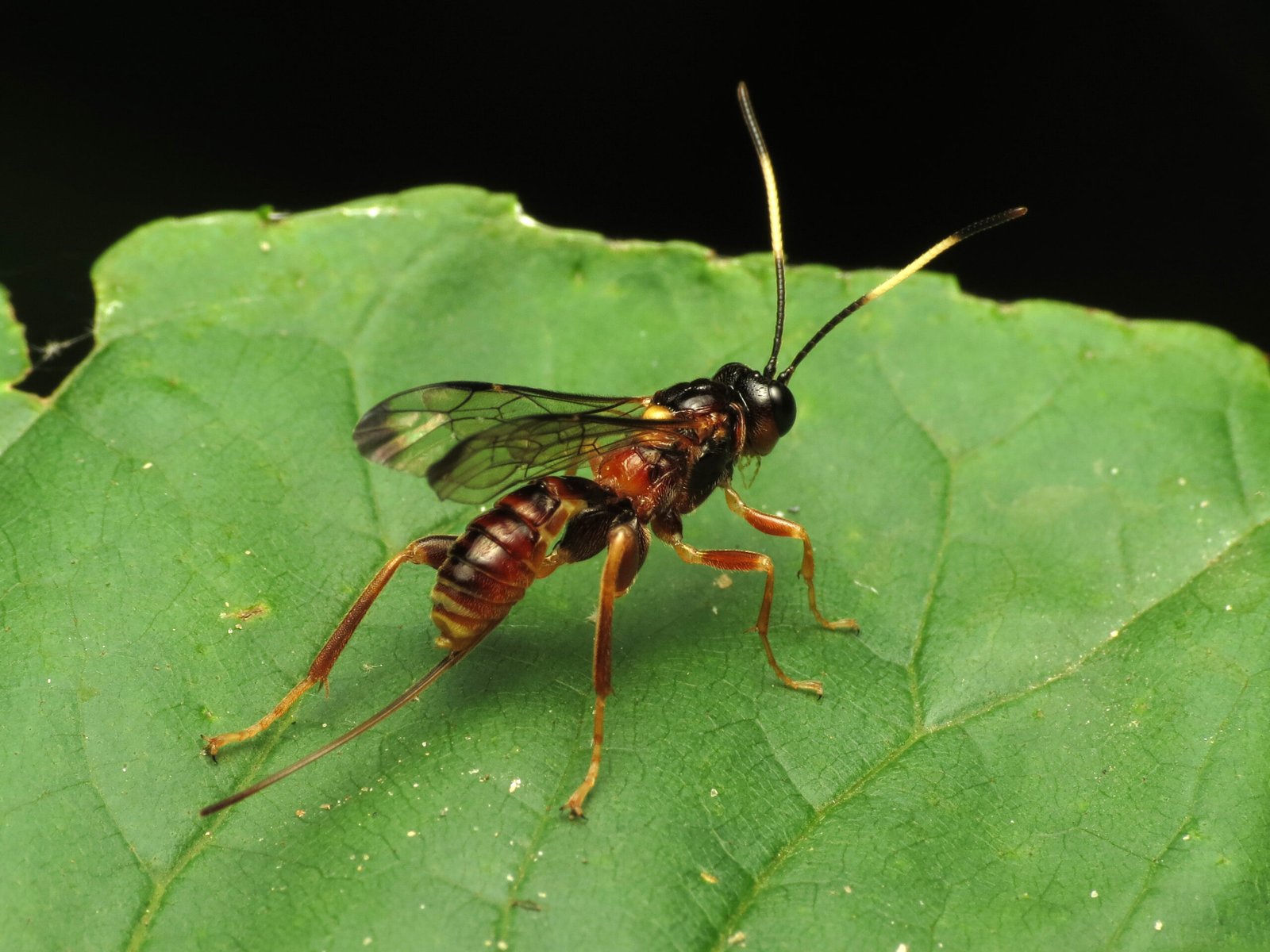
Parasitic wasps have mastered the art of mind control, turning their hosts into zombie-like servants. These wasps inject their eggs along with behavior-modifying chemicals directly into other insects’ bodies. The host continues its normal activities while the wasp larvae slowly consume it from within.
Some species force their hosts to dig their own graves, compelling infected insects to bury themselves alive just before the adult wasps emerge. Others manipulate their hosts’ behavior to seek out specific locations that benefit the developing parasites. This biological puppetry represents one of the most sophisticated forms of manipulation found in nature.
Robber Fly Aerial Piracy

Robber flies are the pirates of the insect world, specializing in mid-air hijacking of other flying insects. These skilled pilots can intercept prey moving at high speeds, calculating complex flight paths to execute perfect aerial ambushes. Their victims never see them coming until it’s too late.
Once they’ve captured their prey, robber flies inject powerful neurotoxins that quickly paralyze their victims. They then find a convenient perch to consume their meal, often starting with the head to quickly disable their struggling prey. Some species are so aggressive they’ll attack insects much larger than themselves, including other predators.
Hornets and Their Fortress Raids

Giant hornets conduct military-style raids on honeybee colonies that can only be described as insect warfare. A single hornet can kill dozens of bees in minutes, using its powerful mandibles to decapitate defenders one by one. When they discover a hive, they mark it with pheromones to call in reinforcements.
These raids are methodical and devastating, with hornets systematically dismantling bee colonies to steal larvae and honey. The bees’ stingers are useless against the hornets’ thick armor, making resistance nearly futile. European honeybees are particularly vulnerable, while their Asian cousins have evolved specific defensive strategies including heat-balling attacking hornets.
Cuckoo Wasp Infiltration Specialists
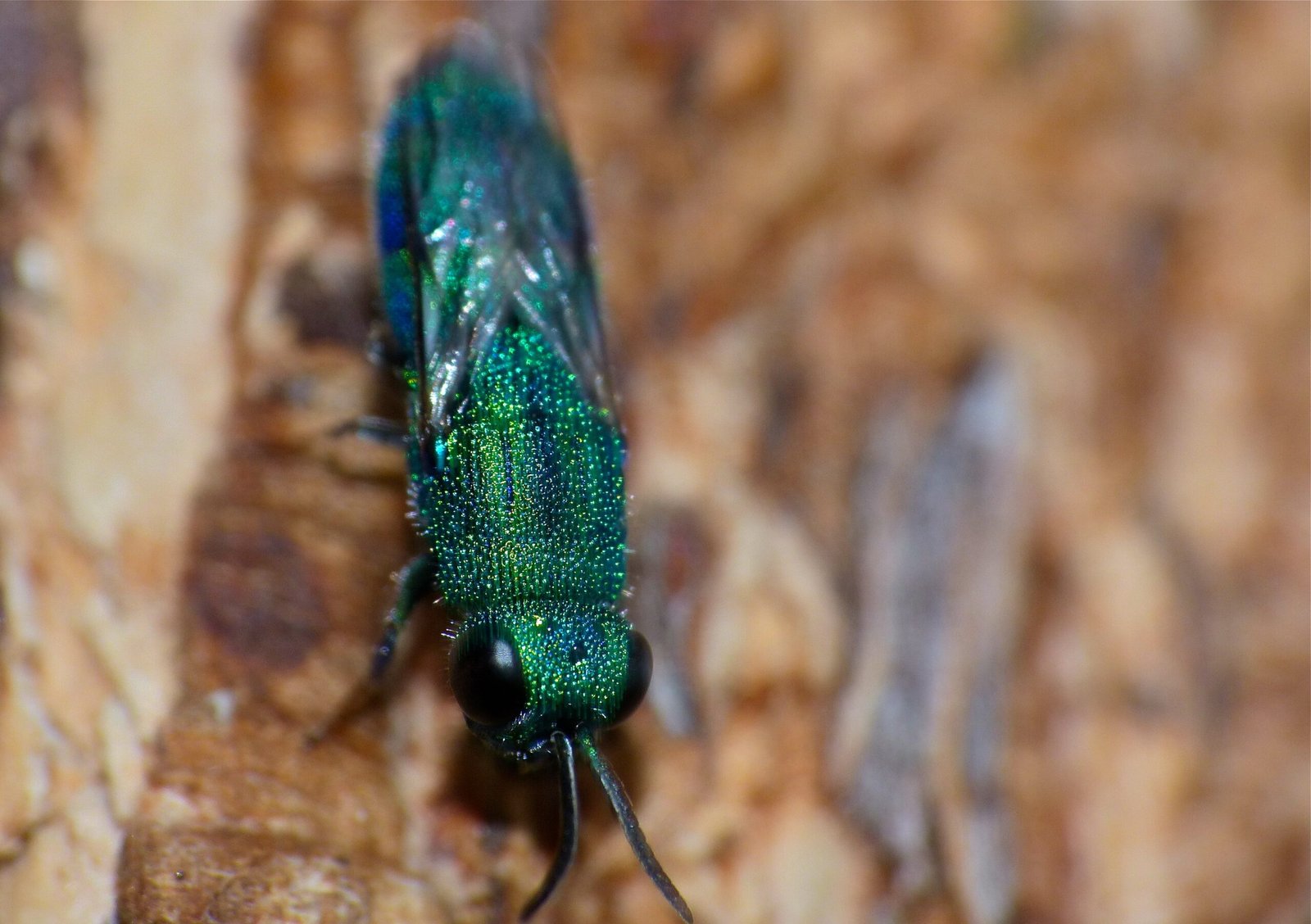
Cuckoo wasps are master infiltrators who have perfected the art of biological espionage. These metallic-colored insects specialize in breaking into other insects’ nests to lay their eggs, essentially hijacking their hosts’ parental investment. Their armored bodies can withstand attacks from angry parents defending their nests.
Once inside, cuckoo wasp larvae consume the host’s offspring and food stores, leaving the unwitting parents to raise their killers. Some species have evolved to perfectly mimic the appearance and behavior of their hosts, making detection nearly impossible. This parasitic lifestyle has driven them to develop increasingly sophisticated deception techniques.
Beetle Gladiator Battles
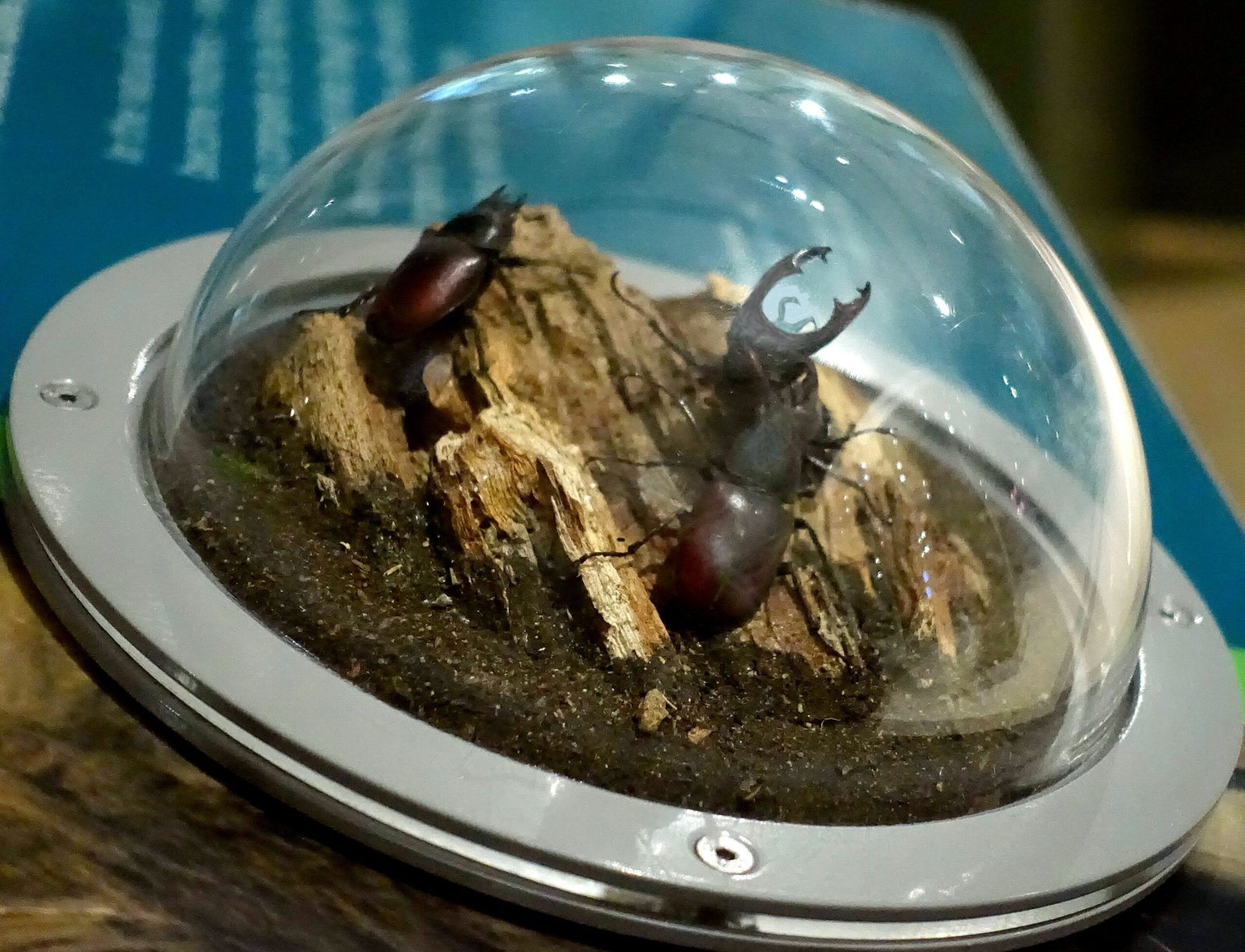
Stag beetles engage in spectacular gladiatorial combat using their oversized mandibles as weapons. Males fight brutal battles for mating rights, with winners literally throwing their opponents off branches or flipping them onto their backs. These contests can last for hours and often result in serious injuries or death.
The violence extends beyond mating disputes, as some beetle species engage in territorial warfare over food sources and breeding sites. Rhinoceros beetles can lift objects 850 times their own weight, making their battles incredibly destructive. The sound of clashing mandibles can be heard from several feet away during peak fighting season.
Lacewing Larvae Disguise Masters
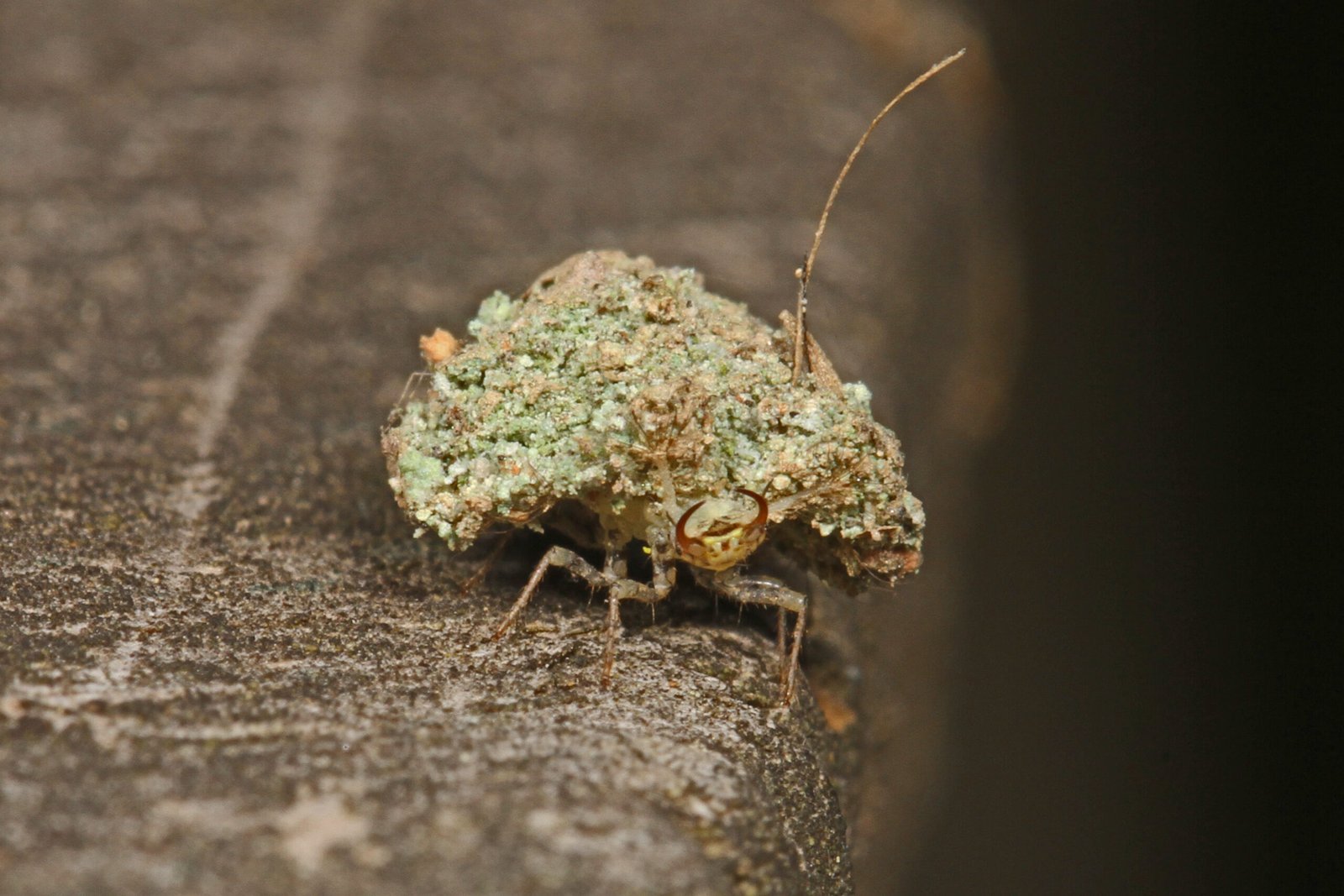
Lacewing larvae, nicknamed “aphid lions,” are among the most creative killers in the insect world. These voracious predators cover themselves with the corpses of their victims, creating macabre camouflage that helps them hunt more effectively. A single larva can consume hundreds of aphids during its development.
Their hunting strategy involves injecting paralytic venom through hollow fangs, then sucking their prey dry like miniature vampires. The empty shells of their victims become building materials for increasingly elaborate disguises. Some species pile debris so high they become walking junk piles, nearly invisible to both prey and predators.
Yellowjacket Swarm Attacks

Yellowjackets are notorious for their aggressive group attacks that can quickly turn deadly. Unlike honeybees, these wasps can sting repeatedly without dying, making them incredibly dangerous when defending their nests. Their stings inject venom that triggers alarm pheromones, calling more wasps to join the attack.
These social wasps coordinate their assaults with military precision, targeting specific threats and overwhelming them with sheer numbers. Late summer brings peak aggression as colonies reach maximum size and food becomes scarce. Their attacks on other insects are swift and merciless, with entire colonies capable of stripping an area clean of prey.
Centipede Venom Factories

House centipedes are living venom factories equipped with modified legs that function as injection systems. These nocturnal hunters can subdue prey many times their size using cocktails of neurotoxins and enzymes. Their speed and agility make them nearly impossible to escape once they’ve targeted a victim.
Each of their legs can deliver venom independently, allowing them to inject multiple doses rapidly. The venom not only paralyzes prey but also begins breaking down tissues for easier consumption. Some centipede species produce venoms so potent they can kill small vertebrates, making them apex predators in their miniature ecosystems.
Earwig Maternal Cannibalism
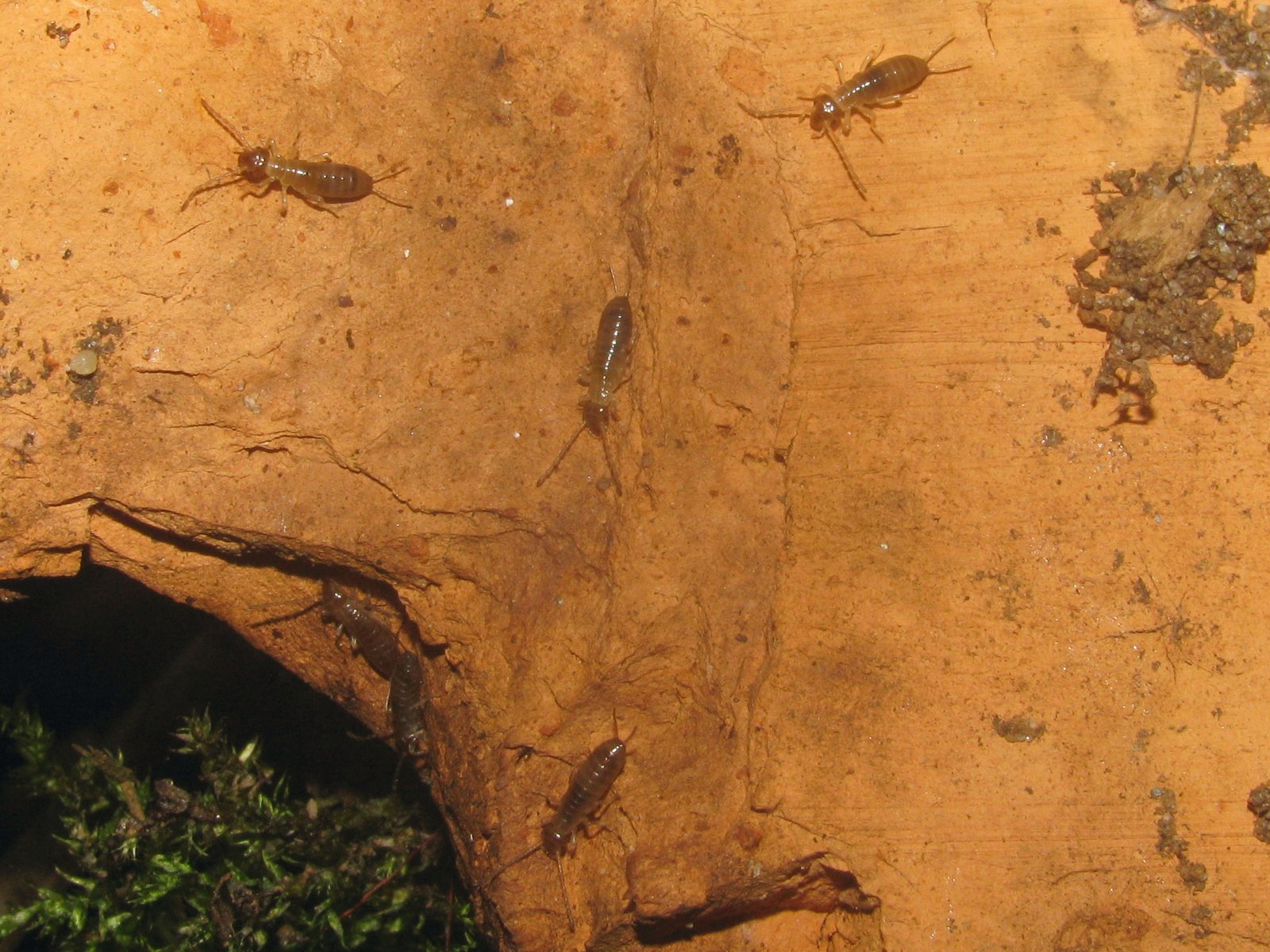
Earwigs engage in some of the most disturbing family dynamics in the insect world. While mothers initially care for their young with remarkable devotion, they eventually turn on their own offspring in acts of maternal cannibalism. This behavior ensures the strongest individuals survive while providing the mother with necessary nutrients.
The maternal care phase involves the mother protecting and feeding her young, but as resources become scarce, she begins consuming the weaker individuals. This brutal survival strategy maximizes the chances of the fittest offspring reaching adulthood. The psychological impact of watching your mother become your predator adds another layer of horror to this already disturbing behavior.
Katydid Acoustic Warfare
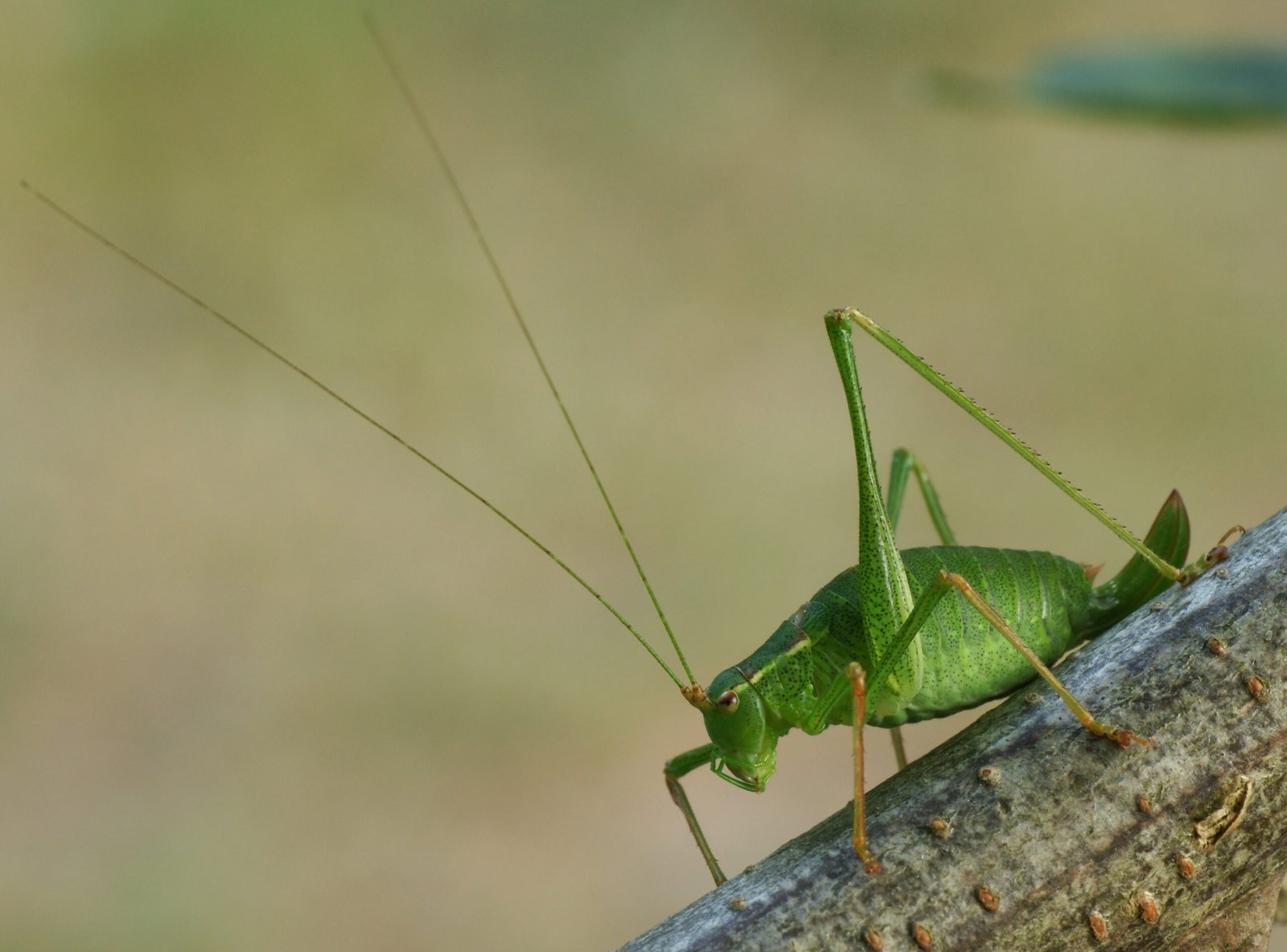
Katydids have weaponized sound itself, using their calls not just for communication but as instruments of warfare. Males engage in acoustic battles that can damage their opponents’ hearing and disrupt their ability to find mates. These sound wars can escalate to physically damaging levels.
Some species have evolved jamming techniques that interfere with competitors’ calls, while others use deceptive mimicry to lure rivals into vulnerable positions. The intensity of these acoustic battles can be so extreme that they attract predators to the area, turning the sonic warfare into a potentially fatal game of survival.
Rove Beetle Chemical Bombers
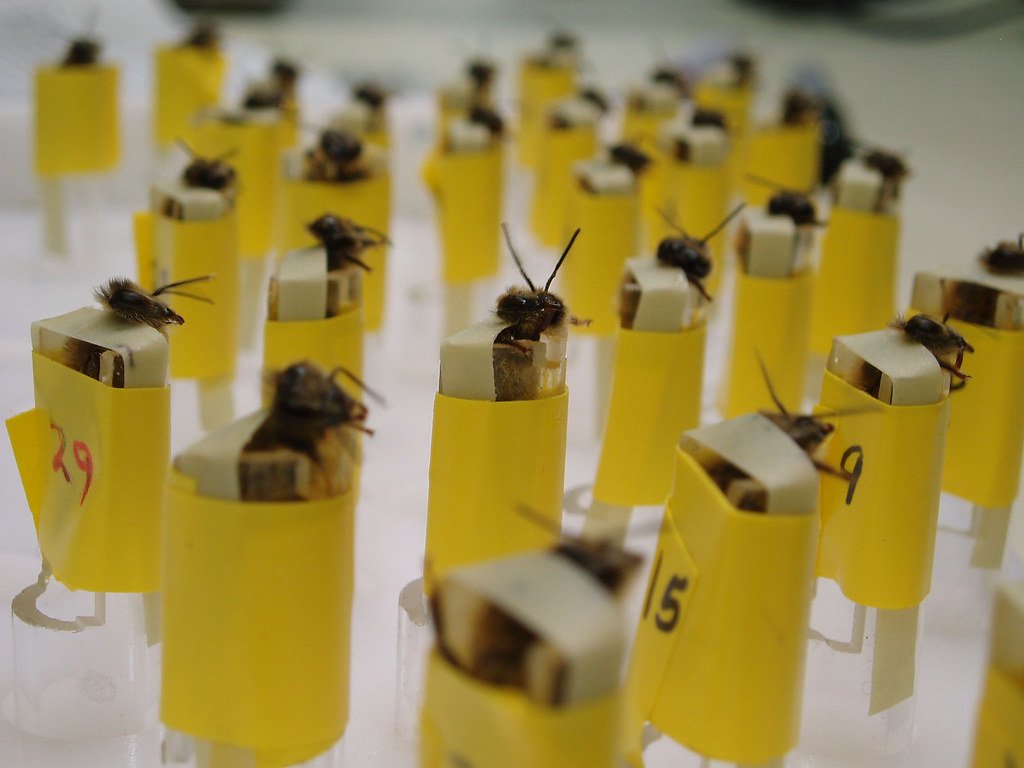
Rove beetles are nature’s suicide bombers, capable of producing explosive chemical reactions when threatened. These small but deadly insects store reactive chemicals in separate compartments that mix violently when the beetle is attacked. The resulting explosion can kill both the beetle and its attacker.
Their chemical arsenal includes compounds that can burn through organic matter and create toxic clouds that repel predators. Some species have learned to control these reactions, using them as precision weapons rather than last-resort defenses. The evolutionary pressure to develop these extreme measures demonstrates just how violent their microscopic world truly is.
The Hidden Battlefield Beneath Our Feet

Every square foot of garden soil contains thousands of microscopic warriors engaged in constant combat. Soil-dwelling insects fight territorial battles over decomposing organic matter, with victory often determining survival through winter months. These underground conflicts are invisible to us but no less intense than the surface warfare we occasionally witness.
The violence extends to the very foundations of plant life, where root-feeding insects wage war against each other for access to the best feeding sites. Some species have evolved to inject toxins into plant roots, claiming territory by poisoning it against competitors. This hidden warfare shapes entire ecosystems in ways we’re only beginning to understand.
Nature’s Lesson in Survival

The brutal reality of insect warfare reveals fundamental truths about survival and adaptation that extend far beyond your garden gates. These tiny creatures have evolved strategies that combine intelligence, chemistry, and pure aggression in ways that challenge our understanding of what it means to fight for survival. Their microscopic battles demonstrate that violence, while disturbing, serves crucial ecological functions in maintaining natural balance.
Next time you step into your garden, remember that you’re entering an active war zone where life and death struggles play out every moment. The peaceful buzzing of bees and gentle flutter of butterflies masks an underlying reality of predation, parasitism, and chemical warfare that would make military strategists envious. These insects have been perfecting their deadly arts for millions of years, creating a hidden world of violence that continues to surprise and horrify scientists who study their behavior.
What other secrets might be hiding in the seemingly innocent corners of your backyard?



